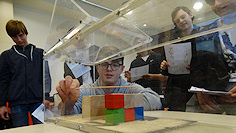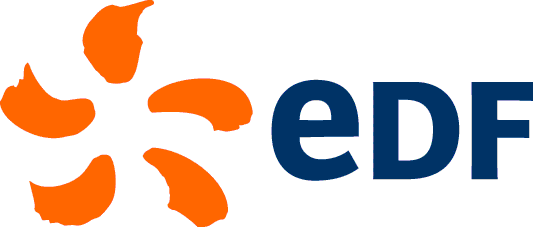|
|
|
Close Help | ||||||||||||||
Přijďte k nám ve dnech 12., 14. a 16. listopadu 2019, ať vidíte, na čem děláme! Více zde.

Dynamic nonlinear elastic behaviour, non equilibrium dynamics, first observed as a curiosity In earth materials has now been observed in a great variety of solids. The primary manifestations of the behaviour are characteristic wave distortion, and slow dynamics, a recovery process to equilibrium that takes place linearly with the logarithm of time, over hours to days after a wave disturbance. The link between the diverse materials that exhibit non equilibrium dynamics appears to be the presence of soft regions, thought to be primarily 'damage' at many scales, ranging from order 10"' m to 10"1 m at least. The regions of soft matter may be distributed as in a rock sample, or isolated, as in a sample with a single crack. The precise physical origin of the behaviour is clear in some cases such as granular media where the source of the non equilibrium dynamics, grain-to-grain interaction, is well understood. In other materials, it appears that the origin must be due fundamentally to shear sliding, related to crack and possibly dislocation dynamics, as well as less clear origins. Because the physical origins of the behaviour are related to damage, damage diagnostics in solids. Nonlinear NonDestructive Evaluation, follows naturally. Non equilibrium dynamics also plays a significant role in other areas such as earthquake strong ground motion and potentially to earthquake dynamics.
Organizing Committee:
Zdeněk Prevorovsky, Institute of Thermomechanics ASCR, Prague, Czech Republic
Zuzana Farová, Institute of Thermomechanics ASCR, Prague, Czech Republic
Paul A. Johnson, Los Alamos National Laboratory, USA
Carène Larmat, Los Alamos National Laboratory, USA
Pierre-Yves Le Bas, Los Alamos National Laboratory, USA
